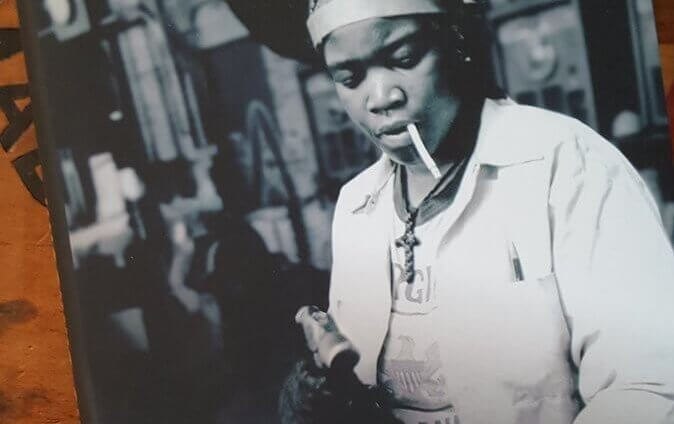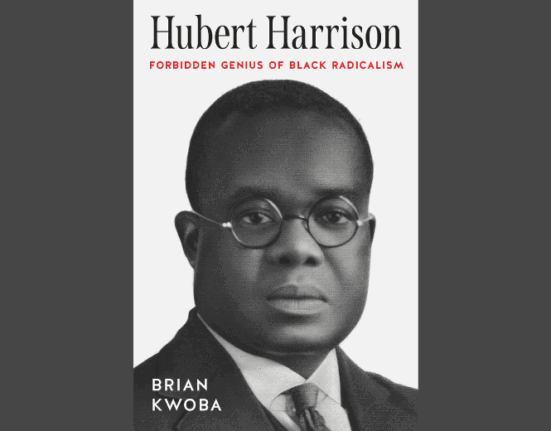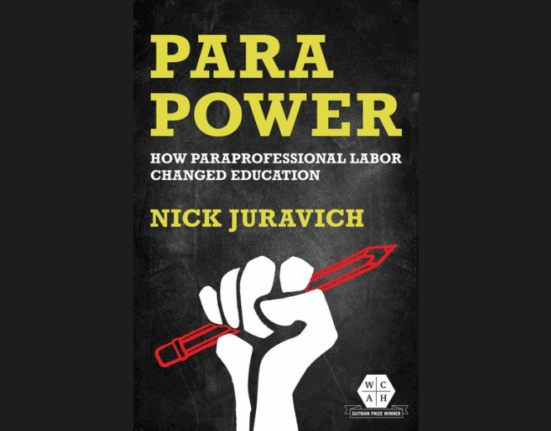Lane Windham’s new book, Knocking on Labor’s Door: Union Organizing in the 1970s and the Roots of a New Economic Divide, was officially released on Labor Day by the University of North Carolina Press. Windham, who sits on LAWCHA’s board of directors, is the associate director of Georgetown University’s Kalmanovitz Initiative for Labor and the Working Poor. Jacob Remes asked her a few questions about her new book.
The ’70s are really hot right now. What are you hoping readers take away from your book about the decade?
This was a decade of enormous working-class activism and promise. Many historians have been blind to 1970s working-class vitality because they’ve focused on one thin slice of the working class, unionized white men, and so often tell a story of backlash and defeat. I ask readers to broaden their focus to the women and people of color who finally had greater access to the nation’s best jobs following the 1964 Civil Rights Act. As they poured into workplaces, they demanded unions and so drove a new wave of private-sector union organizing efforts. Employers, however, ramped up their resistance to union organizing and labor law was too weak to stop them from tamping down these unionization efforts. Working women and men thus entered the next century on far weaker ground than if they’d been able to freely organize in the 1970s.

The second section of the book is about four different organizing drives: a shipyard in Newport News, Virginia; a textile factory outside Charlotte; a department store in D.C.; and 9to5. Do you have a favorite story from among these?
That’s a bit like asking me if I have a favorite child! They’re all unique and I love them all equally. Newport News was the first, and it set a really high bar for the rest. I’m still amazed no other historian ever told this story; after all, it was the largest NLRB election ever in the South. There, I clearly saw how workers used both labor and civil rights law in order to win more power. The textile case, Cannon Mills, is close to my heart because I organized for the clothing and textile workers union in the South in the 1990s. I’d long heard rumors about this one lone wolf organizer who nearly organized the giant mill it in 1974, but it took some serious digging to get to the truth. Woodward & Lothrop, the department store one, was my problem child. It was a great example of why you should never attempt a project before you know what sources are available. I found precious little in the NLRB records or the parent union’s papers, and the local union office had suffered a flood! Thank goodness for the Local 400 office worker who remembered the dusty stacks of the union newsletter stored in a back closet, and for the workers who were willing to tell their stories. The end result was far richer than I ever imagined. 9to5 is, in some way, the most complex of the stories. These women office workers experimented with a new form of labor organizing that didn’t rest on traditional labor law and collective bargaining; these are exactly the kinds of alt-labor organizations that a new generation of workers are exploring today.
Before getting your Ph.D., you worked in the labor movement many years. How do you think that experience shaped Knocking on Labor’s Door?
When people ask me how long it took me to write this book, and I usually say about seven years. But really, that’s a lie. I started this book 25 years ago when I became a union organizer in the South. I sat in hundreds of working people’s living rooms across the South – African-American women who sewed t-shirts in Mississippi, white men who made auto parts in Chattanooga, Hispanic garment workers in Fayetteville, Arkansas, Laotian textile workers in Nashville. I spent my 20s listening to people talk about their jobs and their fears about forming a union. Those fears were well-founded. Every campaign I worked on the company fought – – fired people, threatened closure, forced people to attend meetings against the union.
In 1998 I moved to doing media outreach for the AFL-CIO, soon after John Sweeney became the organization’s president. I found I was now part of a national public conversation about unions, and yet my old world – – the union organizing world – – was largely invisible in the public discourse. People truly had no idea what people had to endure in order to form a union. Not only that, but I was battling this narrative that somehow people didn’t want unions, and that unions had stopped organizing. My own life experience told me this just wasn’t true. Lots of people did want unions, but it was extremely hard to form them. So, in some ways, this book is my attempt to both understand and make visible how things had gotten so hard for working people by the time I came along as a union organizer.
Is there anything you hope your former colleagues–or others in the labor movement–take away from Knocking on Labor’s Door about how to strengthen unions today?
Two things come to mind. First, I want people to know that unions didn’t just fade away and working people didn’t give up on unions. In fact, working people made a full throttle effort to unionize in the 1970s, and they were defeated. Losing is a very different thing than not fighting at all, because the next step is to ask why these people lost – – and then we’re having a discussion about structure, systems and laws. That brings me to my second point. I think that any attempt to help workers build power in the 21st century is going to have to be intertwined with building a new social safety net. This book identifies a central paradox: unions came to play a key role in social welfare after WWII, but then it also became increasingly difficult to enter unions. Employers in the US have a huge incentive to fight unions because unions are the only entities that can force employers to provide citizens with the fullest social welfare benefits our country offers. Federal policy has done little to either strengthen collective bargaining or to build a social safety net that is not so employer dependent. Our nation is going to have to build a new social safety net over the coming decades, and I believe that the way forward for labor is to be smack in the middle of shaping this new social welfare system – a new social compact – for all workers.
What books are you looking forward to catching up on now that you’ve finished your own?
I’m in the middle of Kim Phillips-Fein’s Fear City, and I find myself wondering whether the working-class resistance to the NYC fiscal crisis she describes helped seed activism in later decades. Katie Turk’s Equality on Trial is top of my list, as is Emily LB. Twarog’s Politics of the Pantry. I’ve just dug into Heather Thompson’s Blood in the Water on Attica – – the doctor just got escorted in through a phalanx of prisoners in white arm bands, and I can’t wait to know what happens next.







